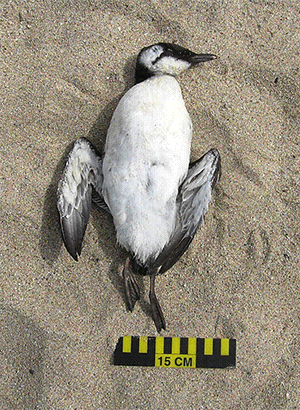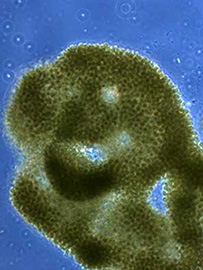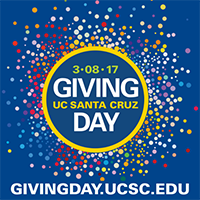We need your help! Harmful Algal Blooms (HABS) produce toxins that can be dangerous to humans and wildlife. In Monterey Bay, numerous wildlife mortality events have been linked to HABs, and these types of events are increasing in our area and globally. Algae that produce HABs are naturally occurring, but human activity (including nutrient input from agriculture and global warming), increase the number, frequency, and the power of harmful blooms. In Monterey Bay, numerous sea otter deaths have been linked to microcystin toxicity, caused by cyanobacteria called Microcystis. Microcystis blooms are usually considered an issue only in freshwater systems, but freshwater-derived microcystins are polluting the coastal environment of central California. Seabirds, including threatened and endangered species, may be at risk for microcystin toxicity, but no one is currently testing to examine this toxin in birds. Through collaboration with California Department of Fish and Wildlife, Marine Wildlife Veterinary Care and Research Center (MWVCRC), we propose to identify the threat of this toxin to our local bird populations as a first step towards better management. We plan to conduct retrospective toxicity testing of seabirds, that will guide conservation actions. Samples taken from an assortment of birds that have died in the last 10 years will be analyzed for microcystin toxin. This data will give us a better understanding of how this toxin is affecting birds in our area, and how we can mitigate the problem! Testing for these types of toxins is expensive, and we need your help! |
||
 |
 |
 |
| Nearshore feeding seabirds like Common Murres may be at risk for microcystin intoxication. | Scientists at the MWVCRC in Santa Cruz have been collecting data and tissue samples from dead seabirds since 2005. | The cyanobacteria Microcystis, viewed with a microscpe. The Kudela lab at UCSC regularly collaborates with MWVCRC to test for |

